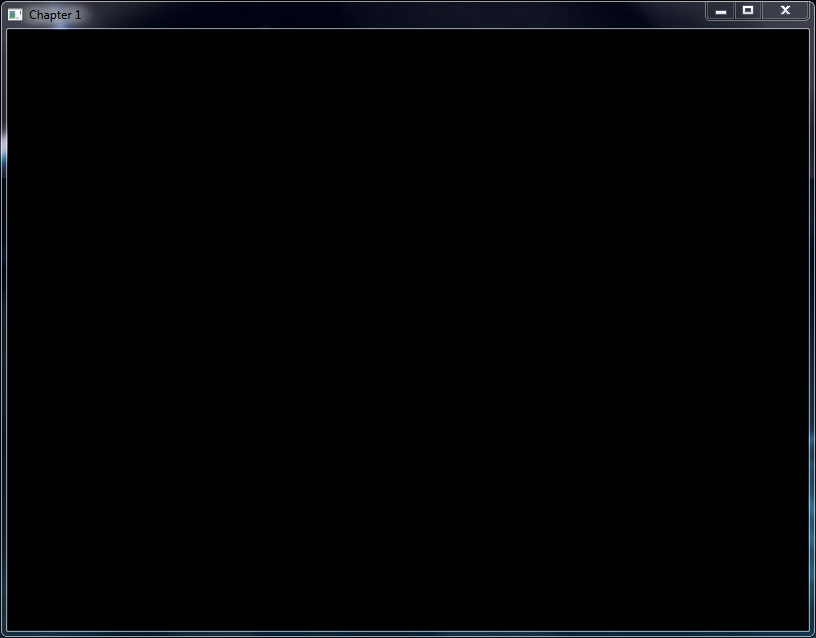OpenGL DotNet is a set of libraries and wrappers especially written for C# in order to make 3D OpenGL programming much easier. It is a base consisting of several libraries; on top of these libraries you can build your own 3D game engine and/or make much simpler 3D demos.
- Cannot Open C Dev Opengl Debug Opengl.exe For Writing Opengl Free
- Cannot Open C Dev Opengl Debug Opengl.exe For Writing Opengl Windows 7
- Cannot Open C Dev Opengl Debug Opengl.exe For Writing Opengl 1
- Cannot Open C Dev Opengl Debug Opengl.exe For Writing Opengl 3
- Cannot Open C Dev Opengl Debug Opengl.exe For Writing Opengl Download
Cannot Open C Dev Opengl Debug Opengl.exe For Writing Opengl Free

Nov 26, 2014 The comments have been really good to understand whats happening under the hood. I have just started OpenGL and its great to see an article that has integrated Win32 and OpenGL in such a nice way especially the messaging queue. Beside it doesnt have C so it makes lot easy for me to understand all. GlfwWindowHint (GLFWOPENGLDEBUGCONTEXT, GLTRUE). RenderDoc is a great (completely open source) standalone debugging tool. To start a capture you specify the executable you'd like to capture and a working directory. Debug Output: an extensive debug output write-up by Vallentin Source with detailed information on setting up a debug. This can also be a problem from the improper use of functions like FindNextFile when a FindClose is never executed. The process of the built file is terminated, and the build itself can be deleted, but LNK1168 will prevent a rebuild because of the open handle.
OpenGL DotNet supports OpenGL version up to 4.5 (latest version as of April 2016), and over 610+ OpenGL extensions.

OpenGL DotNet consists of several C# classes, C# libraries and C# wrappers for existing projects written in C/C++. It is completely written from scratch in over 3 months with OpenGL in mind with extensive research and painfully attention given to the details. As far as I know it is the first C# project for OpenGL, which supports over 610+ extensions. Technically you can write Battle Field 4 (or 5) with that much features in C#, but the C#’s performance can suffer compared to pure C/C++ implementations. The main goal of this project is to help you get started quickly with OpenGL programming with a feature-rich, robust, clean framework.
The following classes/libraries/wrappers can be found in OpenGLDotNet namespace:
OpenGL/GLConfig : Helps you initialize the OpenGL rendering context with version selection (backwards- or forward-compatible or core-profile) and builds a text log while initializing. Also keeps track of supported OpenGL Extensions.
OpenGL/GL & WGL : They are the main classes for dynamically loading, linking and using of OpenGL Core and Extension functions starting with “gl” and “wgl” respectively. [for example: “glBegin(GL_QUADS);” is written as “GL.Begin(GL.GL_QUADS);” the same applies for WGL functions]
OpenGL/GLU : Open(GL) (U)tility is included in Windows as default and is supported by OpenGL Dotnet with a wrapper library.

OpenGL/GLUT & FREEGLUT : Open(GL) (U)tility (T)oolkit (which is actually very useful, but old) and free and more-update version of it, FREEGLUT, is also supported by OpenGL DotNet with a wrapper library.
Cannot Open C Dev Opengl Debug Opengl.exe For Writing Opengl Windows 7
Math/OpenGLDotNet.Math : Is a set of object-oriented classes, which help you with Vector and Matrix operations along with other primitives like Point, Rectangle, Circle, Sphere etc…
Cannot Open C Dev Opengl Debug Opengl.exe For Writing Opengl 1
Assembler : Is a simple, short C/C++ source code showing how to use assembler to write functions in a DLL (mostly for CPUID instruction, which gives detailed information about the processor) and after that importing and using these functions in C#.
Platform/CPUInfo : Is a class with the aim of giving detailed CPU Information (Processor Vendor, Speed, Name, supported instruction sets and features etc…), so that use of necessary optimizations (mostly instruction sets like SSE2 or SSE3) can be decided later at run-time.
Imaging/DevIL : Is the main imaging DLL written in C/C++ for speed. DevIL is a acronym for “Developer's Image Library”. The original project website can be found here. It allows loading and saving of a lot different picture/image types and uploading them as textures to the OpenGL.
Imaging/ILU & ILUT : ILU is (I)mage (L)ibrary Utility and ILUT is (I)mage (L)ibrary (U)tility (T)oolkit of DevIL, the Developer's Image Library.
v1.1.1This is the third public release of OpenGLDotNet, which is updated with '[SuppressUnmanagedCodeSecurity]' attribute for delegates & methods to improve performance. 'CPUInfo' class has been also updated to process and show more instruction sets and features.
Cannot Open C Dev Opengl Debug Opengl.exe For Writing Opengl 3
v1.1.0This is the second public release of OpenGLDotNet, which is updated to support OpenGL v4.5 with over 610+ extensions as of April 2016. Also some new demos (like Quake 2 Console demo and others) have been added to the release.
Cannot Open C Dev Opengl Debug Opengl.exe For Writing Opengl Download
v1.0.0This is the initial public release of OpenGLDotNet, which supports up to OpenGL v4.4 with over 550+ extensions as of March 2014.